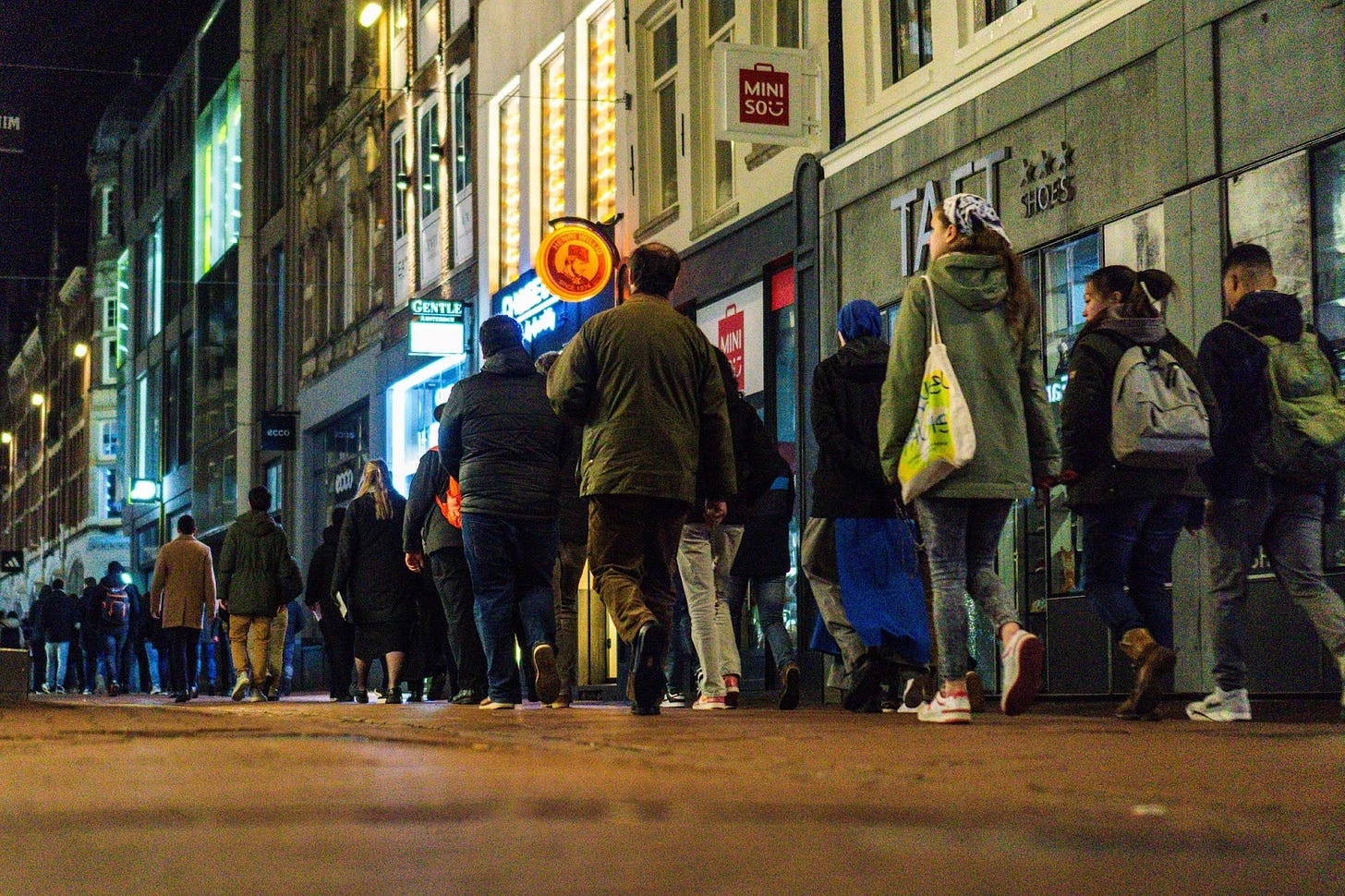On Amsterdam’s ‘silent walk’
How Catholics in Amsterdam continue a centuries-old tradition
People know Amsterdam for a lot of different reasons.

Many people know it for being one of the most libertine cities in the world, with its legendary nightlife, hundreds of coffee shops — famous for selling pot, not coffee…
